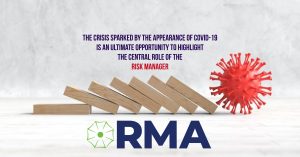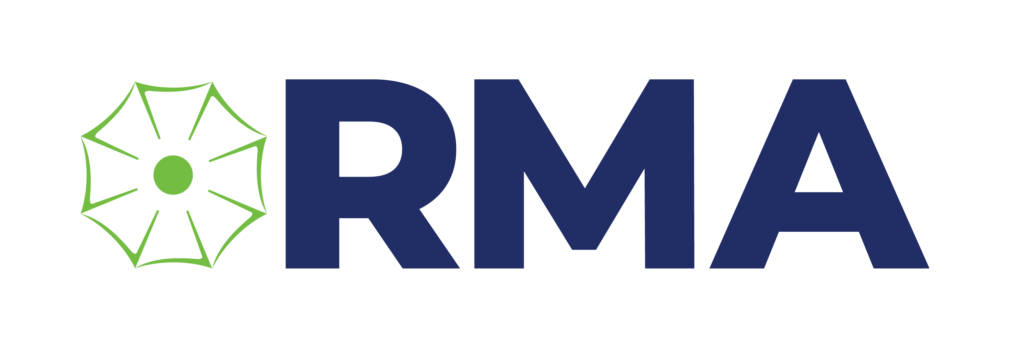The crisis sparked by the appearance of Covid-19 is an ultimate opportunity to highlight the central role of the Risk Manager, who can rely on Artificial Intelligence(AI) to help boost the resilience of the company.

The double sanitary & economic crisis which we are all facing in our personal and professional lives is also challenging our thinking process and pattern.
How did we get there?
How, we Risk Managers, have not foreseen the warning signs?
The answer is quite simple.
This risk was not in our thinking process. It was not known in the sense that neither the pandemic nor the lockdown and their impact on economic activity had ever been experienced.
We had learned through history books about the plague or the Spanish flu and more recently information had reached us from Asia or Africa on SRARS and EBOLA but it was all far away, both in time and space. The recent pandemics had hardly ever affected or impacted Mauritius. This risk was too unlikely. We therefore did not feel concerned.
Moreover the latest annual studies on the ten major risks, the famous “top ten risks”, carried out by the large international insurers and brokers or by the large consulting firms, did not mention the risk of a pandemic. Likewise, it did not appear in the 2019 edition of the long-awaited World Economic Forum risk report. Finally, the risk of a pandemic, like the risk of war, is generally excluded from insurance policies. Only re-insurers take it into account in their mapping, like all other catastrophic risks.
Beyond this contextual environment which did not particularly focus or alert on this risk, the question remains; why was it “forgotten” from risk analyzes. For which reasons did it not appear or appear only slightly in risk analyzes? Why have we been betrayed by our cognitive biases?
Risk studies relate to an activity, a project. They consist of analyzing the economic and financial issues in terms of the intensity and probability of the risks identified. But it is essentially the question of the functioning of the business or organization that is privileged. So, for example, the current major concern of the ecosystem, not to say obsession, is focused on cyber risk, in particular viral attacks, of course, but on the machine not on the human being!
Gradually Risk Management has become a tool to ensure that the procedures put in place are effective in order to guarantee the sustainability and profitability of the company. For some time now, we have focused mainly on analyzing processes and now we are concerned primarily with their compliance. By putting Risk Management at the service of compliance, we tend to move away from fundamental missions and forget the company’s players and therefore the human factor.
With the exception of a few big companies, human-related risk does not fall under the responsibility of the Risk Manager but that of Human Resources where careers, “talents”, departures and accidents at work are managed, but where risk mapping & assessments are not carried out.
The Risk Manager for his part analyzes the risks caused by man, that is those involving his responsibility or that of his constituents or colleagues, but rarely the risks suffered, such as diseases or epidemics. In very few organizations is the most important asset, manpower, the subject of a full-fledged analysis by Risk Management.
Read the full French version here
